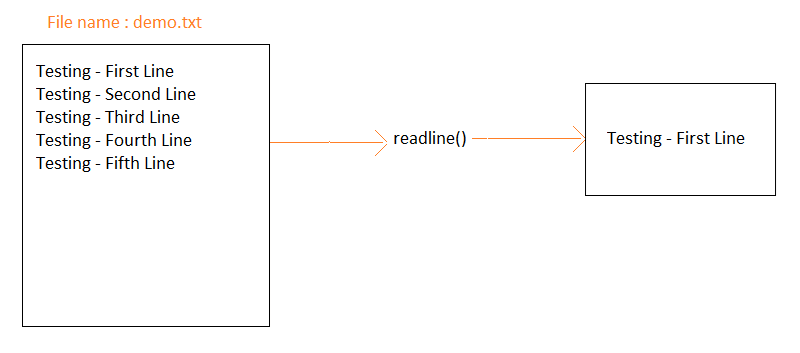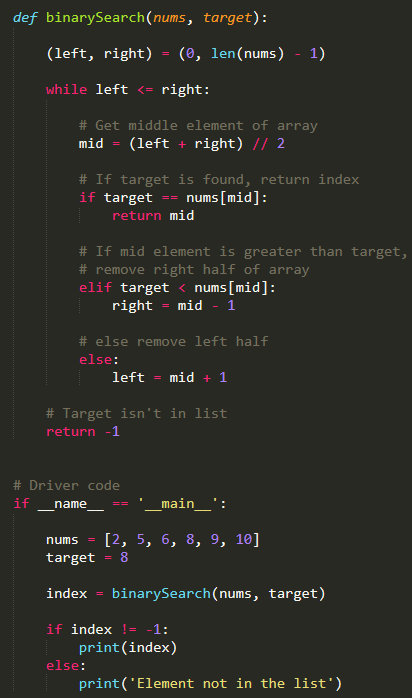what is concurrency in python?
what is concurrency in python?

I'd love to explain Concurrency in Python!
Concurrency, in the context of programming, refers to the ability of a program to perform multiple tasks or operations simultaneously, without necessarily executing them at the same time. In other words, concurrency allows your program to do many things "at once," even if they are executed sequentially.

In Python, concurrency is implemented using two primary mechanisms: Multi-Threading and Asynchronous I/O.
Multi-Threading: This involves creating multiple threads within a process, each of which can execute code simultaneously. Python has built-in support for multi-threading through its threading module. You can create separate threads that can run concurrently, allowing your program to perform multiple tasks in parallel. However, be aware that due to the Global Interpreter Lock (GIL), true concurrency is limited for CPU-bound tasks.
Asynchronous I/O: This involves using libraries and frameworks like asyncio, trio, or gevent to create asynchronous code that can run concurrently without creating threads. Asynchronous I/O allows your program to perform I/O operations, such as reading from a file or network, without blocking other parts of the program. By using non-blocking I/O operations, you can create the illusion of concurrency without actually spawning new threads.
To illustrate this concept, let's consider an example: imagine you're building a web scraper that needs to fetch multiple URLs simultaneously. Using concurrency, your program could create multiple threads or coroutines that would independently fetch each URL, allowing your program to complete the tasks much faster than if it were executed sequentially.
Here are some key benefits of concurrency in Python:
Improved performance: Concurrency can significantly improve the responsiveness and throughput of your program. Better system resource utilization: By executing multiple tasks concurrently, you can make more efficient use of your CPU, memory, and I/O resources. Simplified code organization: Concurrency enables you to write more modular and structured code, as each task or coroutine is isolated from the others.To get started with concurrency in Python, I recommend checking out some popular libraries and frameworks, such as:
asyncio: The built-in asyncio library provides a high-level API for writing asynchronous code. trio: A lightweight, async-friendly alternative to asyncio. gevent: A mature, third-party library that enables true concurrency in Python.In conclusion, concurrency is an essential concept in Python programming that allows you to write more efficient, scalable, and responsive code. By leveraging multi-threading or asynchronous I/O, you can create programs that can perform multiple tasks simultaneously, making your code more robust and better suited for modern applications.
How to solve concurrency problem in Python?

Concurrency is a fundamental concept in programming that allows multiple tasks to run simultaneously, improving the overall performance and responsiveness of your application. In Python, there are several ways to achieve concurrency, and we'll explore some of them below.
1. Multiprocessing

The multiprocessing module provides a way to create multiple processes, each running its own thread of execution. This allows you to leverage the power of multi-core processors and take advantage of parallel processing. Here's an example:
import multiprocessing
def worker(num):
print(f"Worker {num} started")
Do some computation-intensive work here
print(f"Worker {num} finished")
if name == 'main':
processes = []
for i in range(5): # Create 5 worker processes
p = multiprocessing.Process(target=worker, args=(i,))
processes.append(p)
p.start()
2. Threading
The threading module provides a way to create multiple threads within a process, which can be useful for I/O-bound operations or computations that don't require exclusive access to shared resources. Here's an example:
import threading
def worker():
print("Thread started")
Do some I/O-bound work here
print("Thread finished")
if name == 'main':
threads = []
for i in range(5): # Create 5 worker threads
t = threading.Thread(target=worker)
threads.append(t)
t.start()
3. Concurrency with asyncio
The asyncio library provides support for concurrent programming using coroutines, which are functions that can yield control to other tasks and resume where they left off. Here's an example:
import asyncio
async def worker():
print("Worker started")
Do some computation-intensive work here
await asyncio.sleep(1) # Simulate some work
print("Worker finished")
async def main():
for i in range(5): # Create 5 worker coroutines
task = asyncio.create_task(worker())
await task
if name == 'main':
asyncio.run(main())
4. Concurrency with concurrent.futures
The concurrent.futures library provides a high-level interface for parallelism and concurrency, allowing you to create tasks that can be executed concurrently using threads or processes. Here's an example:
import concurrent.futures
def worker(num):
print(f"Worker {num} started")
Do some computation-intensive work here
print(f"Worker {num} finished")
if name == 'main':
with concurrent.futures.ThreadPoolExecutor(max_workers=5) as executor:
futures = []
for i in range(5): # Create 5 worker tasks
future = executor.submit(worker, i)
futures.append(future)
for future in futures:
future.result() # Wait for each task to complete
In summary, Python provides several ways to achieve concurrency, including multiprocessing, threading, asyncio, and concurrent.futures. Each approach has its strengths and weaknesses, and the choice of which one to use depends on the specific requirements of your application. By leveraging concurrency effectively, you can write more efficient, scalable, and responsive code that takes advantage of modern multi-core processors.





























